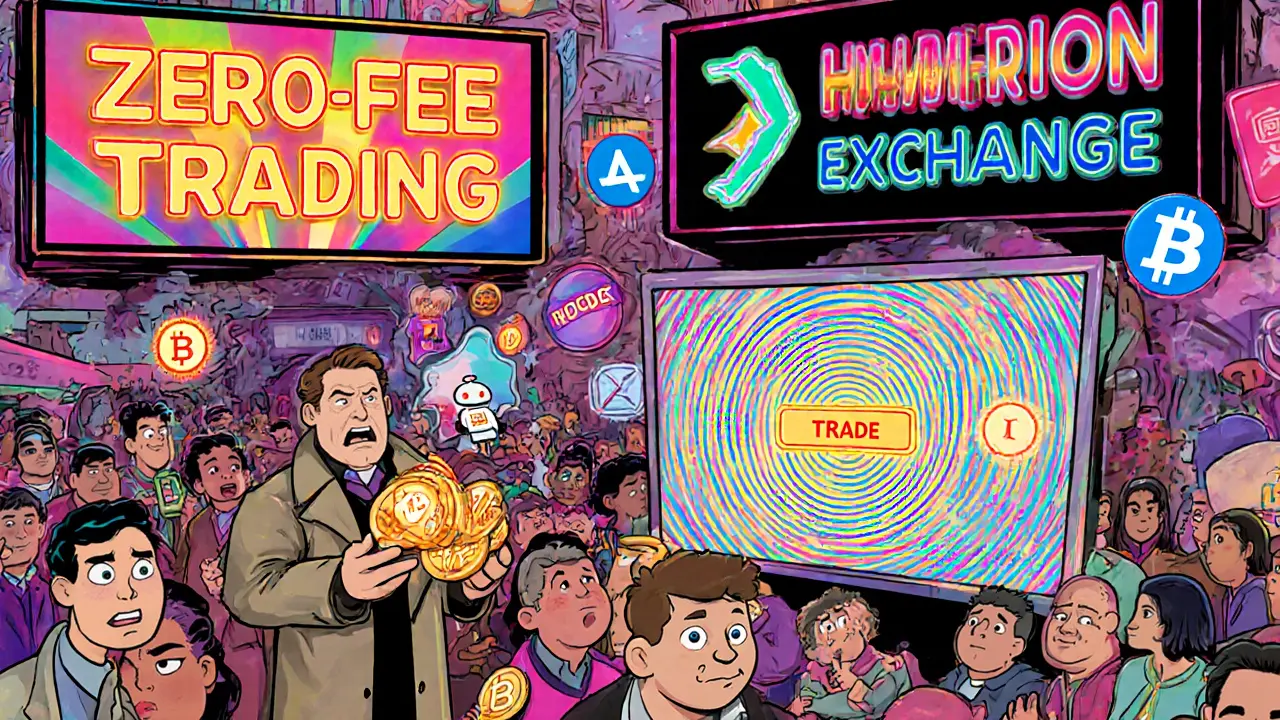Hyperion Token: Overview, Tokenomics, Airdrops & Exchange Guide
When working with Hyperion Token, a blockchain utility token designed for DeFi applications and community incentives. Also known as HYP, it powers staking, liquidity provision, and governance across platforms. The token’s Tokenomics, supply schedule, distribution model and utility functions aim for long‑term value. It primarily trades on Decentralized Exchanges, peer‑to‑peer marketplaces that let users swap tokens without a central intermediary, while staking mechanisms let holders earn rewards.
Key Aspects of Hyperion Token
The Hyperion Token follows a semi‑deflationary model: a portion of each transaction is burned, reducing supply over time. This design encompasses a tokenomics structure that balances scarcity with utility, encouraging holders to keep the token rather than sell immediately. Supply caps, periodic burns, and a modest inflation rate for staking rewards together create a predictable economic environment.
Airdrop programs have become a major driver for early adoption. By distributing small token amounts to active community members, the project influences user growth and network effects. Recent airdrop campaigns targeted participants who contributed to liquidity pools or completed governance votes, turning the distribution into both a reward and a liquidity catalyst.
Liquidity is the lifeblood of any token that lives on DEXs. Hyperion Token’s presence on multiple decentralized exchanges means traders can swap it with low slippage, provided enough liquidity is locked. The token requires active liquidity provision from community members and strategic partners. In return, liquidity providers earn a share of swap fees and additional staking bonuses, creating a virtuous loop that supports price stability.
Staking is more than just a yield‑generating feature; it also unlocks governance participation. Holders who lock their Hyperion Token in the staking contract receive voting power proportional to their stake. This enables token holders to shape future roadmap decisions, such as fee structures, new partnership integrations, or adjustments to the tokenomics model.
Vesting schedules play a crucial role in aligning long‑term incentives. Team allocations, advisor grants, and private sale portions are subject to multi‑year cliffs and linear releases. By locking these tokens, the project reduces sell‑pressure after launch and assures investors that the team remains committed to sustained development.
Security audits and compliance checks add an extra layer of confidence. The smart contracts governing Hyperion Token have undergone third‑party reviews, and the team follows best practices for code transparency. Additionally, the token’s listing on reputable decentralized exchanges means users benefit from built‑in security features like audit‑verified pool contracts and on‑chain governance safeguards.
Below you’ll find a curated collection of articles that dive deeper into each of these topics—from detailed tokenomics breakdowns and airdrop claim guides to liquidity strategies and staking reward calculations. Browse the posts to arm yourself with the knowledge you need to navigate Hyperion Token’s ecosystem confidently.
Hyperion Crypto Exchange Review: Fact Check & What Really Exists
Clarifies the myth of a Hyperion crypto exchange, outlines real Hyperion projects, compares them to legit exchanges, and offers safety tips.
